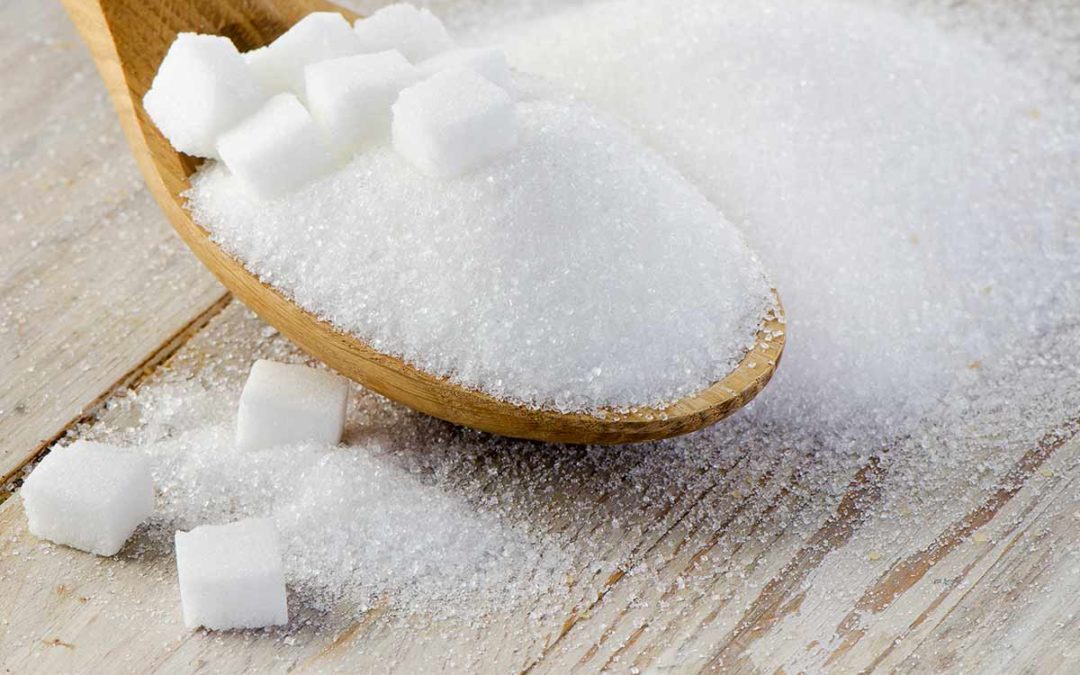I get this question a lot and again the answer is IT DEPENDS on your caloric needs, age, activity, and body composition.
First of all, sugar isn’t evil. It’s simply glucose bound to fructose; however, it’s “refined” using chemicals such as sulphur dioxide, phosphoric acid, and calcium hydroxide. But once you eat it the body breaks it down to glucose.
In other words, effectively, it’s a damn carb, and if you are already controlling your daily carbs and calories, you are already controlling sugar (depending on food choices).
Of course, if you are not controlling carbs and calories then start there.
Beyond that, as always, the devil is in the details, i.e., questions of real-life practicality.
When it comes to high-sugar foods, controlling carbs and calories is not always such an easy task. They’re easy to over-eat. When you eat them, you often want seconds and thirds. Let’s not forget that high-sugar foods are often very low in terms of satiety and even high in fat too (think of donuts). That means CALORIES—and very easy to over-eat calories at that. If you do go back for seconds or thirds, things add up fast.
But for the sake of argument, let’s say total carbs and calories are on target. How much of that “should” or “can” be sugar?
Although, as I said, sugar isn’t a boogie man, the foods it’s found in are usually refined and offer very little nutrition or fiber.
So even if your carbs and calories are in line, if you’re eating lots and lots of sugary foods the overall nutritive value of your diet will suffer. And no, just popping a multivitamin isn’t the same thing.
This will affect your training and your ability to function in day-to-day life. And that in turn can certainly affect body composition.
If you are training hard—or have other energy-intensive demands—a bit of sugar can certainly help you. Otherwise, it’s mostly for your sanity and, at the end of the day, yeah: the less you have the better.
In short :
- total carbs for day is what matters;
- of those, at least 50% should be starches. After that 30% should be vegetables and a few pieces of fruit;
- the remaining 20% can be refined sugar, a.k.a., junk food. If you have high-calorie demands, sugar can make this easier to manage. If not, closer to zero is probably better.
Hope that helps.
– Coach Bryan
P.S. Oh, and one more thing I feel I should say: the carbs in fruit (a mix of fructose and glucose) are definitely “sugar” but it won’t be a huge amount (like 100 cals per serving) and is packed with minerals, vitamins, and fiber. You ain’t getting fat eating a few pieces of fruit. (Fruit juice, though? Some of them can add up much faster.)

